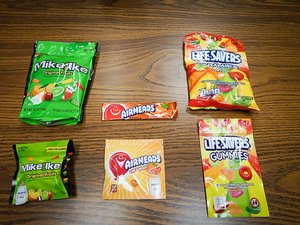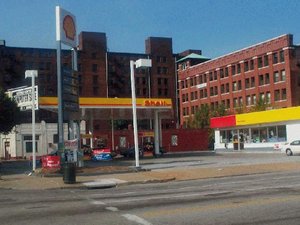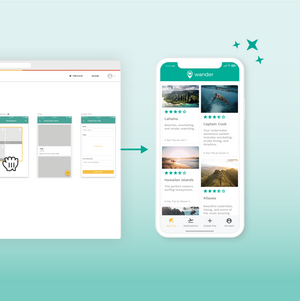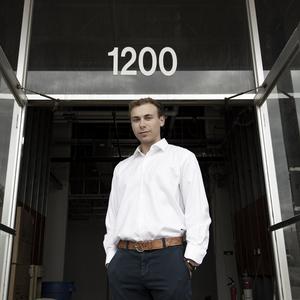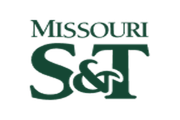
Two years after its establishment, Saint Louis University's Innovative Software Lab has received money to expand its open-source software development, through which students create research tools for faculty and get experience for the job market.
More than 50 SLU seniors taking the computer science capstone class become developers and choose an open-source software project they want to join. Twenty graduate students are each responsible for a project as technical leads and senior developers.
The Alfred P. Sloan Foundation on Wednesday announced a $654,610 grant to the lab, after $702,482 was given to establish it in 2022. The new money is to enable lab founder Kate Holdener to keep program director Daniel Shown on the job for another two years as they seek more revenue from work on academic research projects.
“Our graduate students are getting real experiences as technical mentors and trusted partners for our clients,” Shown said in a statement. “They are ready to be leaders. The program is really about sustaining innovation in both research and industry. We’re providing a pipeline for talent, expertise, and solutions.”
SLU's computer science department, like others nationwide, has undergone significant growth in recent years. Relative to other universities, however, Holdener said SLU's department is still relatively small.
"In a way, that's a strength. As you grow, you get more and more problems," she said in an interview. The small number of students "makes it maybe more human," she said, enabling more altruistic teaching and learning.
Holdener said end-of-course projects in the software development courses she taught soon after joining SLU's faculty in 2018 were "contrived" most of the time.
"Throwaway work, essentially, and the students can do better than that. They're talented people," she said. "They can actually do useful things, and I wanted to give them a place where they could do those projects."
"What I really wanted to give them is experience that they could put on their resumes that would be a real thing, as opposed to 'Oh, I had this class project.' That's not really real experience," Holdener said. "I wanted things done the way they're done professionally in the industry."
She pointed out that "entry-level" jobs in computer science require a year or two of experience, but creating open-source software with an application is an asset for a resume.
The decision to have students design software for professors' research came from Holdener's frustration with academics contracting with outside developers.
"I thought, 'Well, wait a minute, we have people. We have these students; the students need projects. They need real projects; you need software. Let's connect you and be that central place where that connection happens,'" she said. "We're doing a lot better than what used to go on."
Holdener said multiple people contribute to open-source projects by writing code. Contributors own the code that they write; resultant open-source software is released under a license granting users the ability to use, modify and redistribute it.
The software has a variety of research applications in varying fields. Chemistry professors, for instance, got new data-analysis software to replace an obsolete program they — and other chemists worldwide, it turns out — have been using since the 1990s. Innovative Software Lab developers are also working to put a user interface on top of an open-source software library.
"Together, their software library and our user interface is essentially a replacement for that antiquated tool that gets passed around," Holdener said.
For SLU's Center on Lived Religion, which studies how people experience religion outside of houses of worship, the Innovative Software Lab is designing a mobile app and website for researchers to be able to more easily upload audio recordings and pictures taken during field research.
"Maybe that is not as useful for others, being open-source," Holdener said. "But it still is open-source. So if there is a similar project somebody else needs to do, they can use that as a starting point. Or if they want to run their own with a version of that app or website, they could.
“My focus on open-source for the students, and the value it brings to them, is for transparency and the visibility of the work they're doing for potential employers,” she said.


